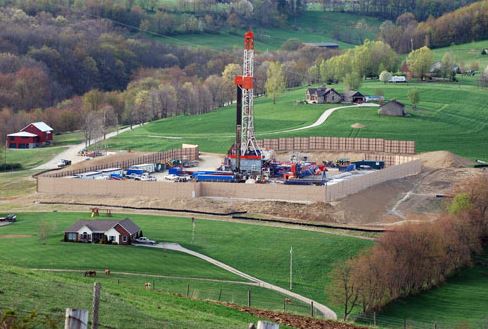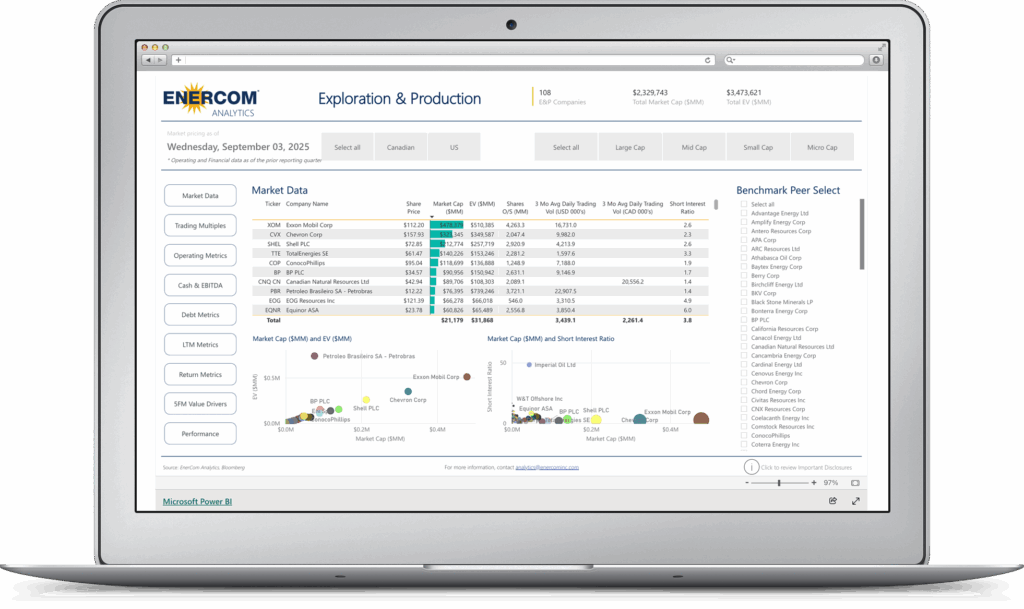Lack of Oil Investment Offsets Consumer Benefits from Lower Prices
The 2014 plunge in oil prices was initially hoped to provide stimulus to the U.S. economy, with the Fed arguing that the average household would save $700 in fuel costs. A new paper from the Brookings Institution suggests otherwise.
While higher discretionary income due to lower oil prices boosted consumer spending by 0.61%, the collapse in oil drilling reduced total investment by 0.62%, almost perfectly offsetting the benefits, according to the report.
Other trends, including an increasing propensity to buy automobiles and a positive change in the U.S. trade balance, had small impacts on the economy while non-oil producing segments of the economy failed to step up their investment levels, according to the report. On the other hand, it also states that there has been no evidence that banks have been forced to tighten credit due to bad loans to oil and gas producers.
Shale Industry Still Critical to U.S. Economy
While this may sound gloomy initially, it also highlights the important role the oil industry plays in the U.S. economy and the positive benefits the shale boom has provided.
“It is readily apparent that without the shale oil boom, the response of the U.S. economy to the recent oil price decline would have been different, if only because of the lower share of oil and gas extraction in GDP. Going forward, one question of obvious policy interest is whether higher investment in the oil sector could help offset the contractionary effect on private consumption of a future recovery of the real price of oil,” reads the report’s conclusion.
In short, the key question is whether the effects of higher investment in the industry will outweigh the negative effects on the economy under an environment of higher prices.
The paper further mentions that in the current environment, persistently higher forecasted oil prices are not required in order for new investments in shale oil to be made, specifically citing the speediness with which unconventional shale oil producers are able to respond to price changes when compared with conventional oil production. More and more companies are attaining 18-month payoff periods and able to hedge significant parts of their production due to steeper decline curves.
The willingness of financial institutions to finance these investments is the big if, of course, although choice assets such in the Permian have had no trouble getting financing from banks or private equity.
Echoes of ’86?
With regards to economic impact, the paper further argues that the current downturn in oil-prices is highly reminiscent of the 1986 decline, which also saw a boost to consumption offset by a decline in oil investment. Of course, oil prices didn’t fall as much in ‘86, meaning E&Ps took less of a hit, and people spent a larger share of their income on gas, meaning consumers had more room to benefit.


